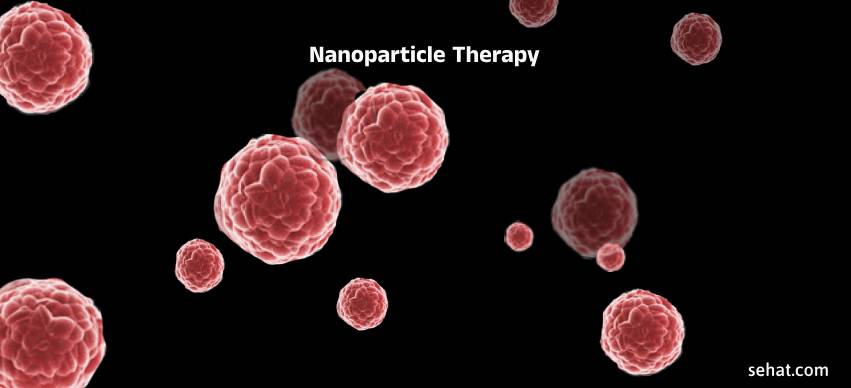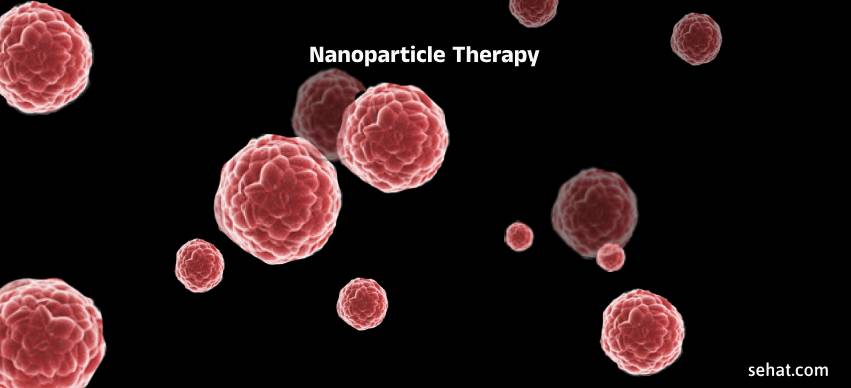Do You Know Gut Problems Could Be Early Signs Of Parkinson�..
4 Min Read


Nanotechnology is the branch of engineering and science that focuses on the manipulation of matter in nanoscale i.e. dimensions of 100 nanometers or less. Applications and uses of nanotechnology are numerous, including in medicine. For instance, nanotechnology is utilized to carry out sensitive medical procedures. It is also used in diagnostics, drug delivery, oncology, disease treatment, and more. This article focuses on nanotechnology in cancer treatment and its various applications.
Nanotechnology has several applications in cancer therapy and one of them is the delivery of chemotherapy. The main purpose of nanotechnology in chemotherapy delivery is to improve pharmacokinetics and decrease systemic toxicities of drugs. For instance, nanosized carriers can improve the overall therapeutic index of drugs through nanoformulations. In these formulations, the chemotherapy drug is conjugated to the surface of nanoparticles or it is encapsulated.
When it comes to the use of nanotechnology in chemotherapy delivery, it’s useful to mention that scientists are working on developing nanomaterial-based delivery platforms. These platforms could improve the effectiveness of chemotherapy.
Another application of nanotechnology in cancer therapy is for delivering or augmenting radiotherapy. A vast majority of the nanotechnology platforms for radiotherapy focus on the interaction between nanoparticles and X-rays. In fact, nanoparticles with high atomic numbers can improve several aspects of conventional radiotherapy. For example, nanotechnology could improve the effectiveness of radiation therapy while lowering the dosage and toxicity in nearby tissues.
The application of nanotechnology in cancer therapy also extends to nano-enabled immunotherapy. Nano-enabled devices and materials can be strategically utilized to sort, image, and characterize immune cells. This technology could be used for the delivery of immunotherapy while lowering the risk of side effects. Nanoparticles could serve to capture antigens that shed from tumors after radiation therapy.
The uses of nanotechnology in cancer therapy also include the delivery of gene therapy. Scientists are working on spherical nucleic acids for the delivery of RNA therapeutics for the treatment of brain cancer. Nanotechnology in gene therapy could also help treat vemurafenib-resistant melanoma.
Nanotechnology has the potential to revolutionize cancer treatment. Studies show that nanomaterials are characterized by great durability, high carrier potential, and capability to integrate hydrophilic and hydrophobic compounds. Nanomaterials are compatible with several transport routes, which is why they’re useful for different aspects of oncology. What makes nanomaterials particularly appealing in cancer therapy is that they are durable across broad ranges of pH and temperature.
Although nanotechnology in cancer therapy requires extensive research and there’s still a lot to explore, some nanostructures show promise as novel therapeutic agents for the treatment of cancer.
A paper from Pharmaceutics reported that nanoparticles exhibit intrinsic anticancer activity thanks to their antioxidant properties. The same study explained that nanoparticles could slow down tumor growth.
Over the past decades, nanoparticle components have evolved impressively. Not so long ago, nanoparticles were made from non-biodegradable polymers. However, these materials contribute to chronic inflammation. Today, nanoparticles are made from biodegradable polymers such as polylactic acid, poly (lactic-co-glycolic acid) or PLGA, and poly (amino acids). Polymers are coated with polysorbates to increase bioavailability and promote the interaction of polymeric nanoparticles with endothelial cell membranes of the blood-brain barrier. This action facilitates endocytosis i.e. a cellular process through which particles or compounds are moved into the cells. .
Fluorescent polymeric nanoparticles are also used. They are made from biocompatible biopolymers, fluorescent proteins, and organic dyes.
Nanomaterials in cancer treatment also include the following categories:
Nanotechnology has the outstanding potential to revolutionize cancer therapy by increasing the effectiveness of chemotherapy or radiation therapy, reducing the risk of side effects, and lowering the necessary dosages. A lot more research in this field of medicine is necessary to elucidate the marvelous potential of nanotechnology and shed more light on its benefits for cancer treatment.